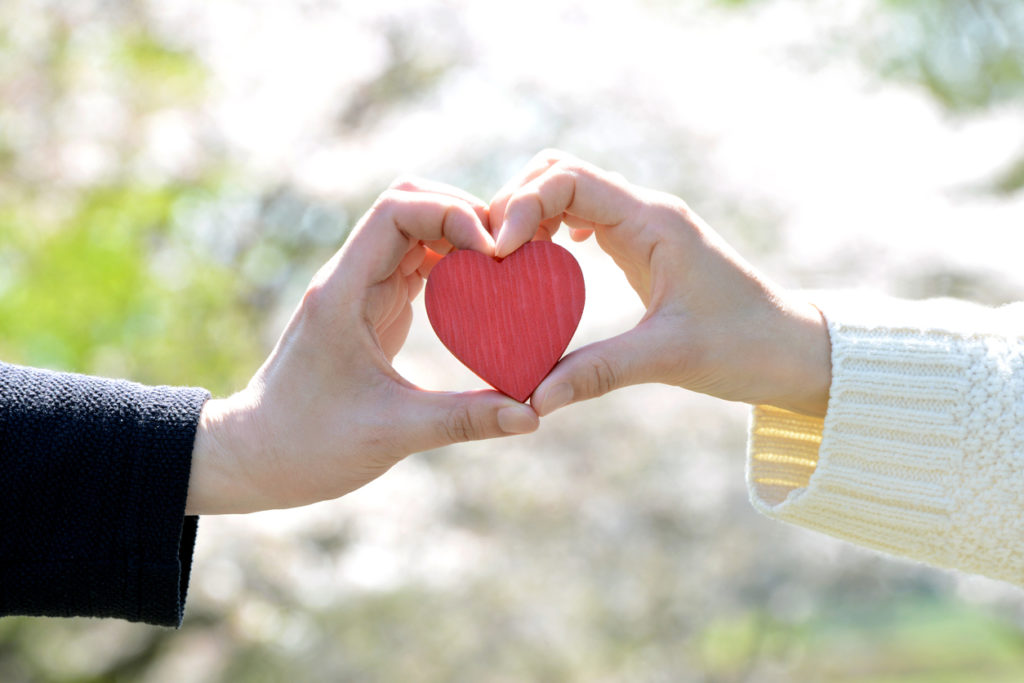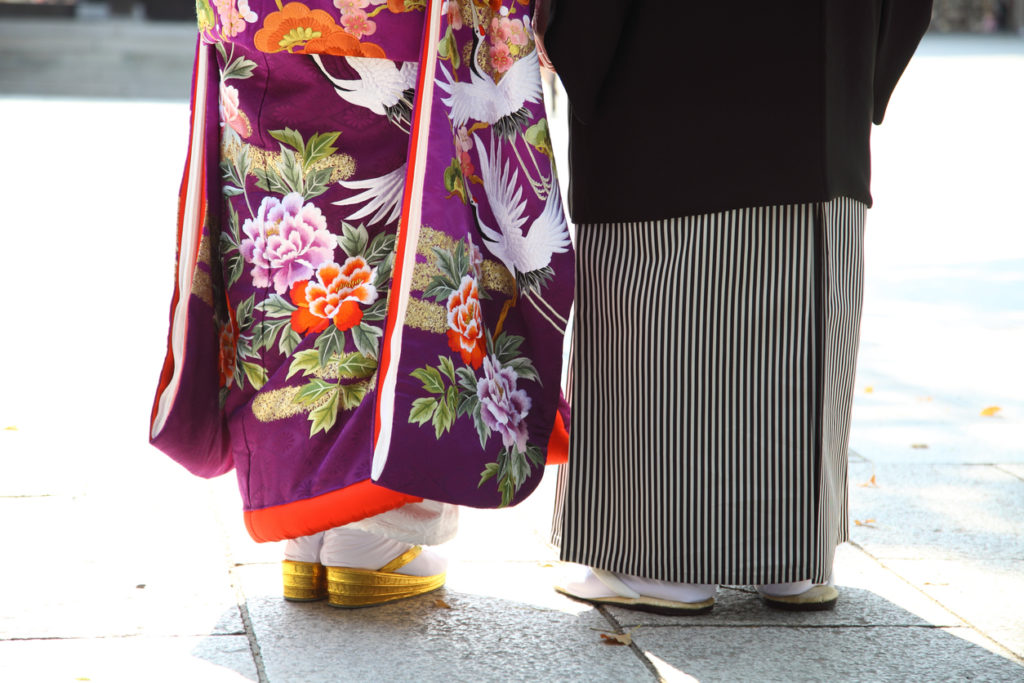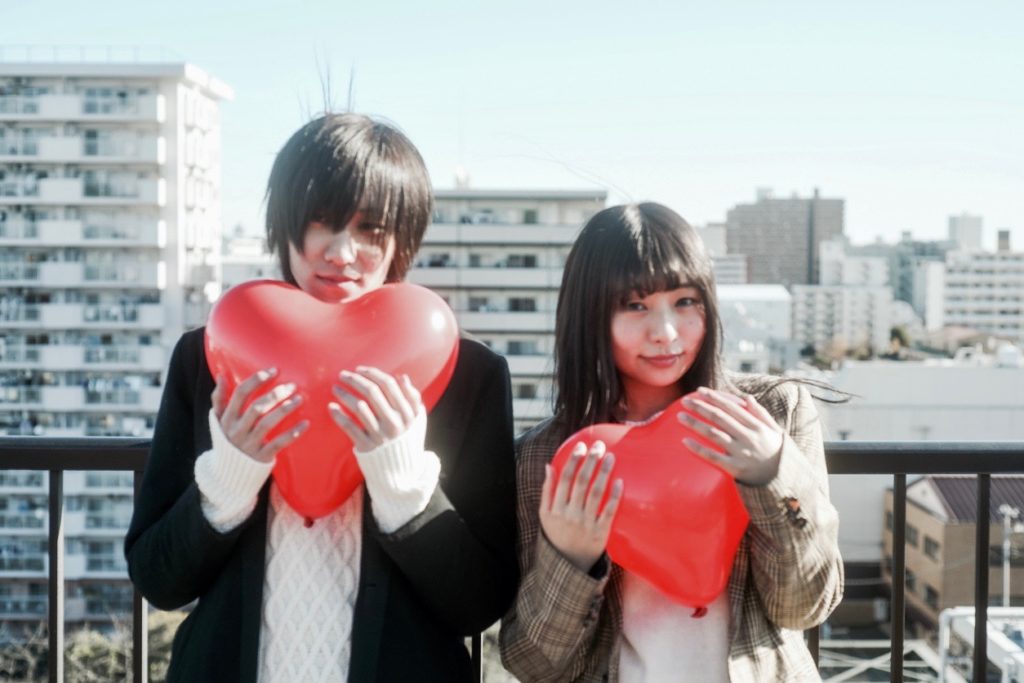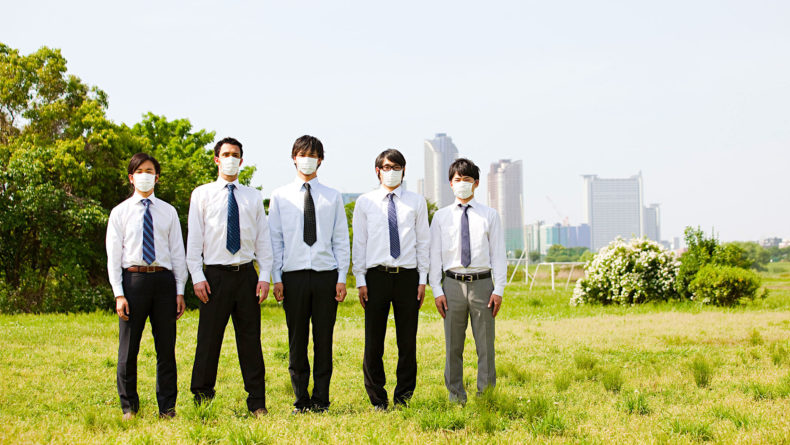Konkatsu: A Look Into Japan’s Spouse Hunting Parties
Are These Events Still Selling A Long Lost Dream?
What do you look for in your life partner? Shared values and interests? Reliability? A sense of fun and humor? If these are the qualities you want in your future soulmate, then think twice before signing up for a konkatsu spouse hunting party.
As I was recently browsing through my SNS feed, I came across an interesting ad. It was a notice about a cruise trip around Japan and South Korea put out by a travel agency, but what made me curious was the unusual catch copy: “A cruise not to be missed by girls who are doing konkatsu (spouse hunting)! A chance to go on a cruise trip for free!” Clicking on the ad led me to a page with a big image that said: “Be one of the 26 selected princesses. Enjoy a free cruise trip♡”

I scrolled down the page, not because I was interested in looking for a spouse, but I wanted to find out how so many girls could embark on a gorgeous six-day cruise, free of charge. There must be some kind of catch, I thought.
Lower down the page, it said that all ladies interested in participating must first be screened. Only 26 girls who passed this screening process were to be given a privilege to enjoy the free cruise trip. The deal was that if they were selected, they would have to sign a contract and have their pictures taken – which would be printed on flyers as well as put up online, along with their nicknames.
Konkatsu matchmaking parties are usually held at various upscale hotels, restaurants and venues across Japan.
This screening was only required for women. The cruise organizer would start accepting registrations from men after all female participants had been determined. In other words, men would get to examine all the pictures of their potential future spouse and then decide whether or not they’d like to pay to take part in a rather expensive cruise trip. To sum up, women are allowed to participate for free, but won’t have any idea who else would be attending until the day of the cruise. Men, on the other hand, must pay to board the ship but can check in advance all the faces of female participants.
I left the website with mixed feelings. It seemed like this cruise trip – which is supposed to be a place where you look for your true love/future soulmate – is merely reinstating the classic stereotypes: men want beautiful and young women, women want men with money and status.
Konkatsu (Matchmaking) Parties in Japan
The konkatsu movement has been big in Japan since the late 2000s, with the word konkatsu (婚活) going as far as to be nominated as one of the best buzzwords of the year in 2008. That was the year I graduated from college in the States and moved to Bangkok, Thailand, where my family lived at the time. While I was there, I was (rather closely) watching the konkatsu trend in Japan, debating whether or not I should join the crowd. I was in my mid-20s and sort of in a rush to find a significant other as I wanted to marry and have kids before 30. After returning to Tokyo in 2011, I didn’t know anyone aside from my classmates at a translation school I was attending at the time (most of them were either married with kids, or single women), and the chances of meeting a potential future spouse naturally, seemed to be close to zero. So I started considering konkatsu parties as a potential option.
Konkatsu matchmaking parties are usually held at various upscale hotels, restaurants and venues across Japan, and you’ll normally get to enjoy conversations with other singles over finger food and drinks. The conditions one must meet to participate in these parties are mostly related to money, status, youth and attractiveness.
A typical konkatsu party ad includes the following:
Male participants:
- Must be either a college graduate, a business owner, have an annual income of at least 5 million yen, or be working at a big-name company for more than 10 years
- Be between ages 28 and 42
- Fee: ¥5,000
Female participants:
- Must be single and have a job
- Be between ages 26 and 37
- Fee: ¥2,000
I’ve also seen some parties that are specifically for male doctors. One party required female participants to be in their 20s; it added, however, that women in their 30s could attend, but only if they’re beautiful, smart and talented. Apparently, the party set different age restrictions for females depending on their attractiveness. Needless to say, I didn’t see any physical restrictions applied to male participants.
Looking through these event notices led me to ponder about marriage and what I personally want in my future husband. I knew for myself that I wasn’t looking for a rich doctor; for me, it’s not about money or status, it’s about having similar hobbies and interests, as well as values and beliefs. That’s why these konkatsu-related events and parties – where participants are first “judged” by what they could physically and materialistically offer – didn’t appeal to me.
A reflection on traditional values?

Upon pondering further, I realized that, perhaps, how Japanese people married in the past might have some influence on how these spouse hunting events are set up and run. Those who’ve lived in Japan for a while know the term omiai – the one-on-one traditional matchmaking parties normally arranged by parents, relatives, and in some cases, bosses and company superiors. Because marriage is traditionally seen as a bond between families in Japan – oftentimes viewed as an even stronger bond than the one between married individuals themselves – each family’s background, social status, financial situations, and so on were carefully examined and compared. You could see how these criteria are very similar to the ones judged in today’s konkatsu events.
Changes in “marriage qualification” criteria
About 30 years ago when Japan was in midst of the “Bubble era,” the three most important criteria for one’s future husband were known as the “sankou” or “3K,” three words beginning with K in Japanese: 高身長 (koshincho, being tall), 高学歴 (kogakureki, having graduated from a prestigious university) and 高収入 (koshunyu, having high income). After the bubble burst in the early 1990s, however, these factors began to change. An article from 2012 — several years after the 2008 Lehman shock — wrote that women were looking for men who are “sanpei,” with the kanji for “pei (平)” commonly used to depict something that’s either “average,” “calm” or “peaceful.” In other words, the ideal husband then was someone who’s earning an average income, has an average appearance, in addition to a calm, peaceful personality.

Since then, the future husband criteria trend appeared to have changed yet again, as analyzed in the article published last year on AERA dot., a website run by Asahi Shimbun Publications. The trend now is the “4T”: 低姿勢 (teishisei, being humble and polite), 低リスク (teirisuku, having a low-risk, stable job), 低依存 (teiizon, not being dependent on their wives to do household chores) and 低燃費 (teinenpi, being able to spend less). In other words, women prefer men who play it safe by not taking any major risks at work, are willing to spend time doing the housework and caring for children, and are being able to save up money. The article writes that women nowadays are also attracted by the “3NO” men — no violence, no debt and no flirting/cheating. These qualities, however, are not reflected in the current konkatsu parties, which still seem to be selling the Bubble era-Japan dream.
One party required female participants to be in their 20s; it added, however, that women in their 30s could attend, but only if they’re beautiful, smart and talented.
While it is natural that people have different views, wants/needs, thoughts and opinions on marriage, I sometimes feel that the tendency for konkatsu-related activities to focus on people’s outer layer – income, social standing, youth, attractiveness, etc. – might be one of the reasons why the number of people choosing to tie the knot keeps declining in this island nation.
“Men want beautiful and young women. Women look for men with money and status” — these stereotypes that are continuously reinforced by many Japanese matchmaking companies, unfortunately, are likely to stay around. But, what konkatsu event organizers – and of course, people who are looking for true love/future soulmate – could do is stop buying into those stereotypes and rethink what’s important in marriage. I’d love to see how the Japanese society transforms as a result.















Leave a Reply